They’re not elementary school students anymore, but they’re not quite high schoolers, either.
This fall, the Hebrew Academy in Huntington Beach is recognizing the needs of seventh- and eighth-graders by creating a new middle school program, which will include a new teaching methodology. The Orthodox Jewish day school’s new plan will emphasize connections between the various academic courses, encourage critical thinking and provide more individual attention for students.
In 1994, a study on the traditional school schedule by the Department of Education noted that scheduling needs were valued more highly than curricular needs and the schedule was serving the needs of the administration rather than the students. As a result, several models were created to reverse this problem and create time around subject matter. The Hebrew Academy is going to use a variation on one of these models called block scheduling.
Rather than 45-minute periods each day, academic classes — including English, humanities, math and science — will meet for 90-minute blocks twice a week, and then for an extended block on a third day. Theoretically, this model provides more instruction time and more learning opportunities through the use of several different teaching methods.
The school’s daily religious instruction will not be affected.
Another goal of the program is to create connections between classes, rather than isolating each subject. “If they’re studying ancient Egypt in history,” Upper School Director David Colloff explains, “then the math teacher can come in and talk about the pyramids.”
The middle school will group students by skill level, rather than by grade. “In a regular class, you’ve got kids working at totally different skill levels,” says Coloff, who worked as both a teacher and administrator at Crossroads School in Santa Monica for 23 years. “Kids who are accelerated get frustrated because [the class] isn’t moving fast enough, and kids who are working at a slower pace get frustrated because they’re overwhelmed. [The new program] allows kids to work at their own level.”
To accommodate the students in this way, the classes will involve team teaching. Two teachers will divide a class of approximately 35 kids into two groups, according to skill. “A public school classroom could have 35-40 kids, so the amount of one-on-one attention we provide is quadrupled,” notes Doug Franks, who currently teaches English and 12th-grade humanities.
Teachers can work with small groups and then the remainder of the class can participate in a third activity, like watching a film or doing an interactive activity. This structure allows teachers to move around from group to group, while giving more attention to students.
The school expects about 55 students in the seventh and eighth grades next fall. While some parents were initially cautious about the long class periods, Colloff anticipates a successful school year. Still, he understands their reservations. “To anyone whose only model is a seven-period day, [this program] looks incredibly foreign,” Colloff admits. “It can look like it’s just about the schedule, but it’s really about redesigning what goes on inside the classroom.” Other members of the community have high hopes for the new middle school. “People are also excited because they see that there are greater opportunities for learning.”








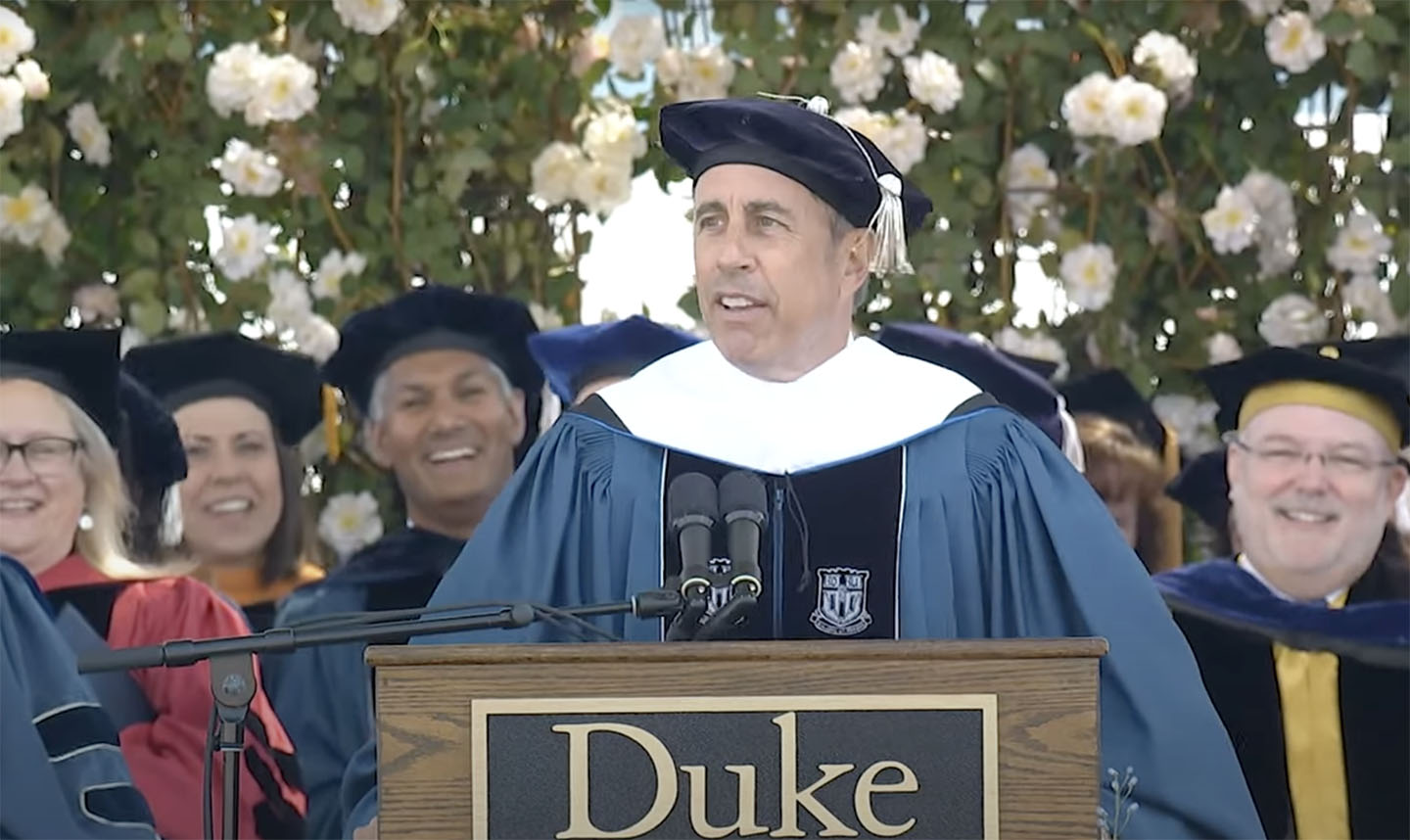



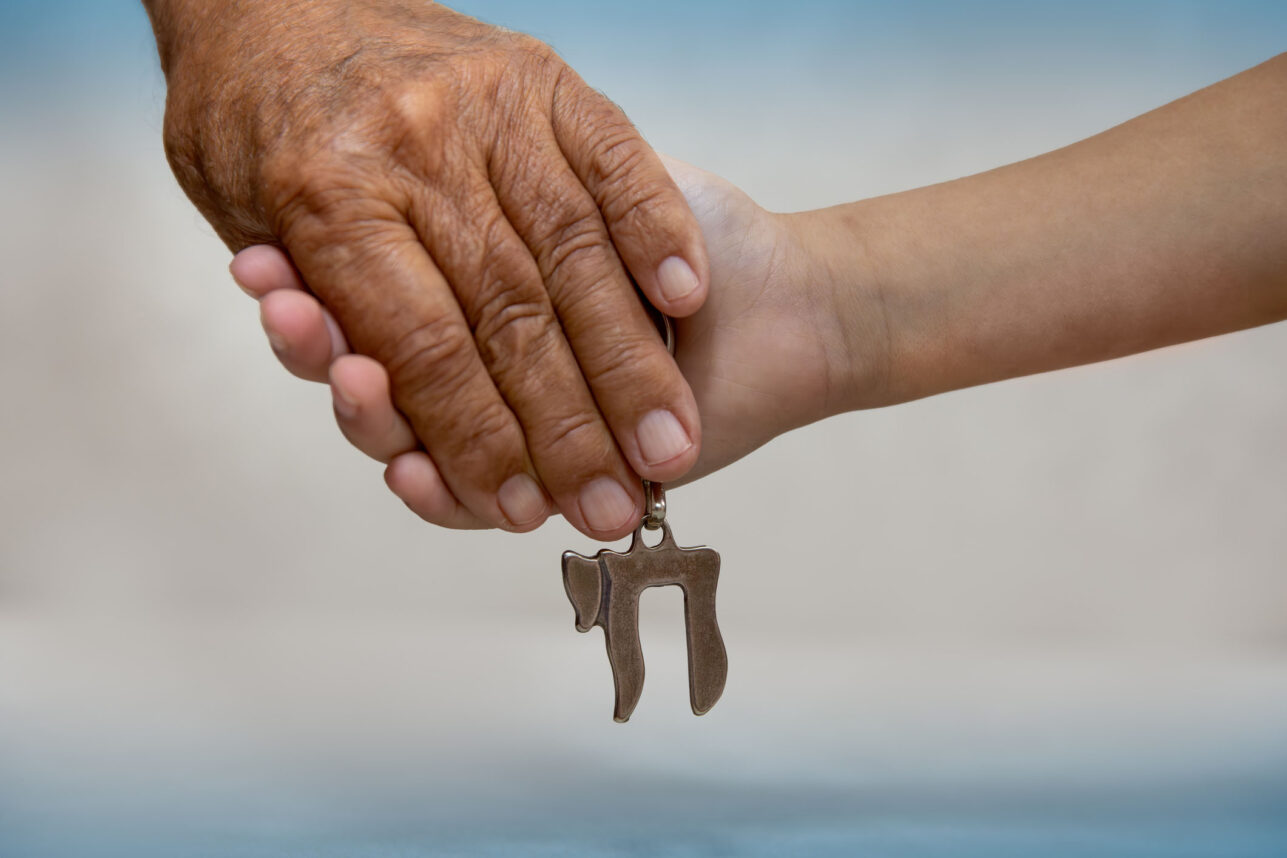
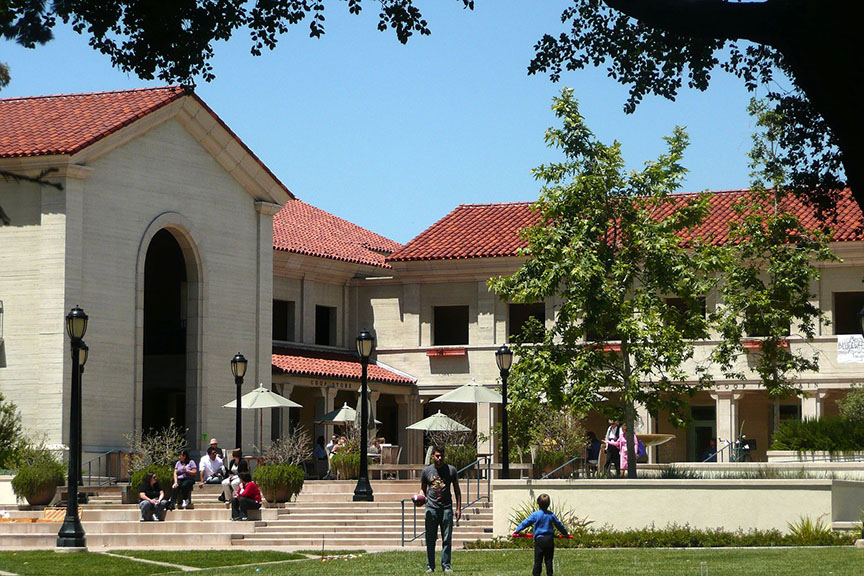
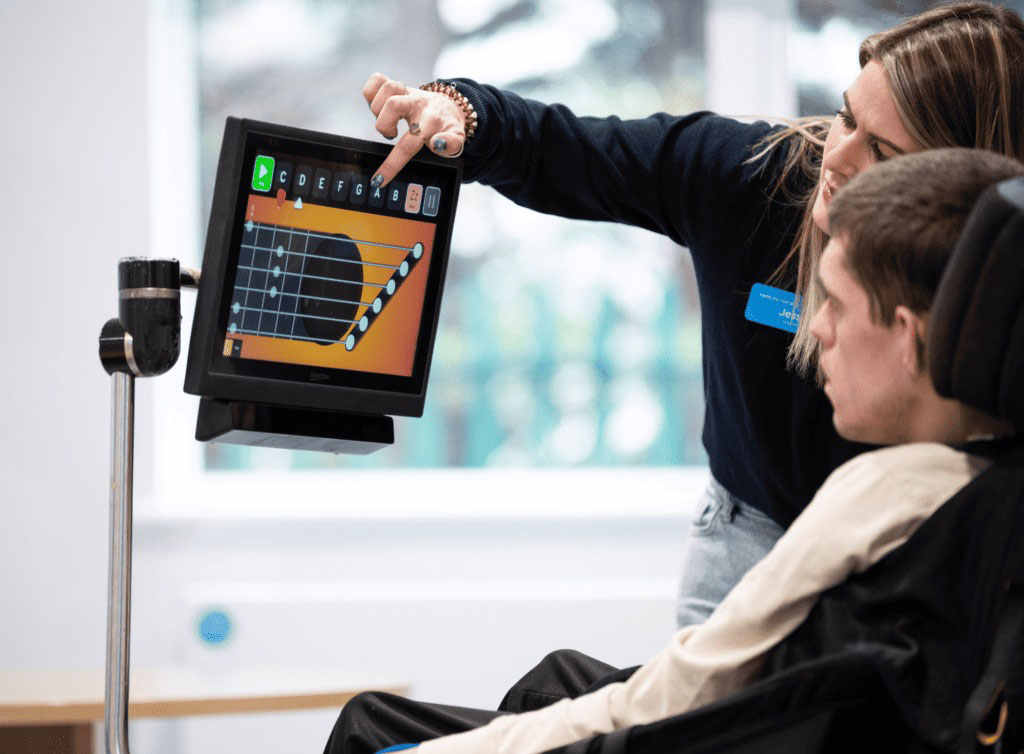
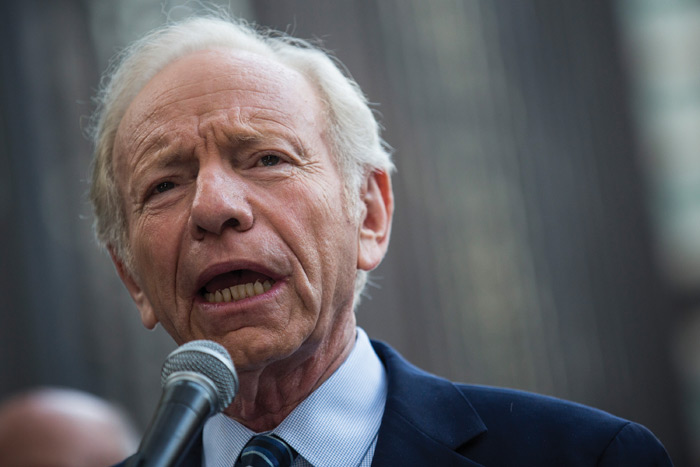






 More news and opinions than at a Shabbat dinner, right in your inbox.
More news and opinions than at a Shabbat dinner, right in your inbox.